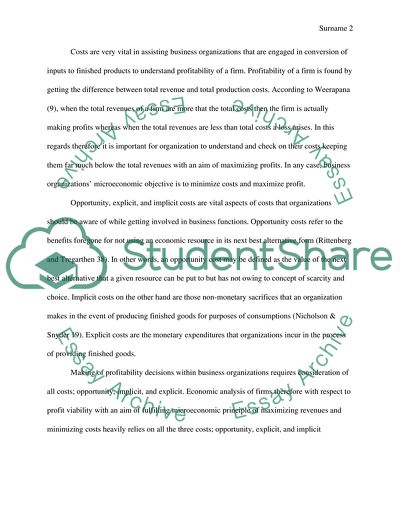Cite this document
(“Macroeconomics: Production Costs Term Paper Example | Topics and Well Written Essays - 3750 words”, n.d.)
Retrieved from https://studentshare.org/macro-microeconomics/1584399-macroeconomics-production-costs
Retrieved from https://studentshare.org/macro-microeconomics/1584399-macroeconomics-production-costs
(Macroeconomics: Production Costs Term Paper Example | Topics and Well Written Essays - 3750 Words)
https://studentshare.org/macro-microeconomics/1584399-macroeconomics-production-costs.
https://studentshare.org/macro-microeconomics/1584399-macroeconomics-production-costs.
“Macroeconomics: Production Costs Term Paper Example | Topics and Well Written Essays - 3750 Words”, n.d. https://studentshare.org/macro-microeconomics/1584399-macroeconomics-production-costs.


